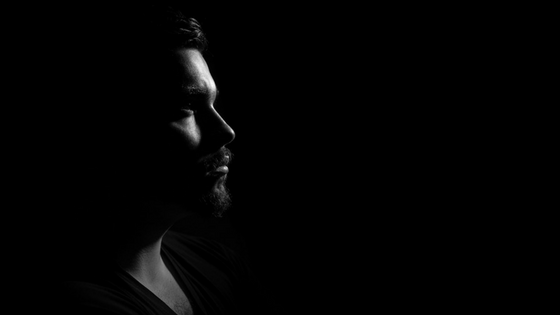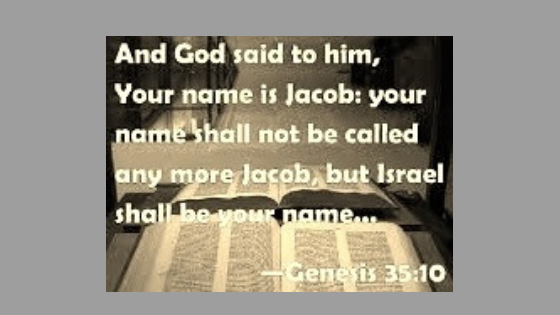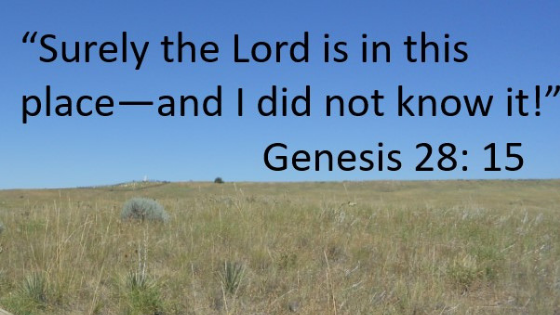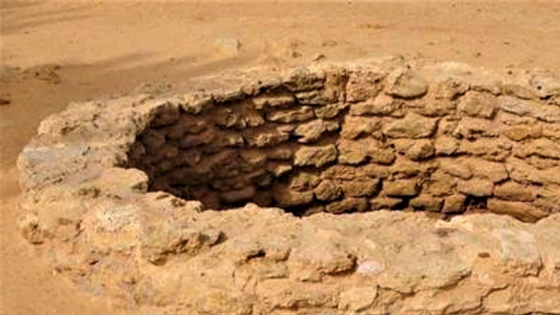Shabbat Table Talk
Parashat Behalotcha Shabbat, June 2nd, 2018
Week of May 27th – June 2nd
Torah portion: Num. 8:1-12:15 Haftarah: Zech. 2:14-4:7
Author: Rita Kammermayer
Download
 There are many important themes held within this week’s parashah with its central focus on the inauguration of the Mishken. As I read I came to see more clearly the humanity of the three prominent figures in the Exodus journey, mainly the siblings, Aaron, Miriam and Moses, “For I brought you up from the land of Egypt and redeemed you from the house of slavery and sent before you Moses, Aaron and Miriam.” (Micah 6:4) These chosen three accompanied and guided the Israelites through the desert. I would like to focus on each of these three seeing them as very human characters in both their greatness and their weakness.
There are many important themes held within this week’s parashah with its central focus on the inauguration of the Mishken. As I read I came to see more clearly the humanity of the three prominent figures in the Exodus journey, mainly the siblings, Aaron, Miriam and Moses, “For I brought you up from the land of Egypt and redeemed you from the house of slavery and sent before you Moses, Aaron and Miriam.” (Micah 6:4) These chosen three accompanied and guided the Israelites through the desert. I would like to focus on each of these three seeing them as very human characters in both their greatness and their weakness.
Aaron, the High Priest, the first to wear the priestly vestments approached his work with a sense of reverence and mystery. He officiated at the purification ceremonies and trained the Levites in their respective roles. It was Aaron who was the spokesperson for Moses before Pharaoh. Aaron was a humble man, faithful to his calling and indeed a man of peace. However, it was Aaron, who while Moses was on Mt. Sinai yielded by popular pressure and helped the Israelites craft a golden calf. (Ex. 32:1-4)
Moses, the only person to whom the Lord spoke “face to face” (Ex. 33:11) is the most acclaimed prophet and leader. He had witnessed unsurpassed moments and yet the most insurmountable challenges. In time, Moses came to realize the extreme pressure and fatigue of his calling in leading the Israelites. Facing numerous complaints and disputes, Moses in desperation implored God, “Why have you done evil to your servant? Why have I not found favor in your eyes?” (Num.11:11) It was while sojourning in the desert of Zin at Meribah, when the people demanded water, that Moses failing to follow God’s instruction struck the rock in anger. (Ex.17:2)
Miriam, so instrumental in saving her younger brother was a courageous young girl who hid in the reeds and closely watched the basket float down the river. As Pharaoh’s daughter took the child, Miriam approached and offered a Hebrew woman to nurse the child. (Ex 2:1-10) Her actions in actuality saved Moses! Later, it was Miriam, acclaimed as a prophetess who led the Israelite women in joyous song after crossing the Red Sea. (Ex.15:20) Having known years of slavery, she now faced freedom and broke forth into song praising God who had heard their cry, saving his people with power and love. It seemed strange that both she and Aaron would later complain of Moses’ marriage and of his authority, “Has God spoken only through Moses?” (Num. 12:2)
These three characters knew hope and despair, terror and deliverance, slavery and freedom. They were instrumental in God’s plan of redemption and in moments of joy, they expressed their praise and gratitude to God. Yet being human, they were not exempt from moments of weakness and vulnerability. We too, know this in our own lives, times when we are in tune with God’s design and yet at other times when we give way to our self-importance and fail to rely on God’s help. Like Abraham, it was Aaron, Moses and Miriam who heard God’s call and responded with ‘Here I am,’ as best they could. No matter what happened in life, whether they made a bad choice or a good one, they knew that their relationship with God was secure and alive. Their lives presented many challenges, yet their faithfulness and trust in God far outreached any of these, thus providing remarkable models for all who follow after them.
“Life is God’s question. We are his answer……God does not need to know, or be assured by us, that he is God. He needs to know that we hear his call, that we are ready to rise to his challenge and that we are willing to take into our own hands the responsibility with which he has entrusted, empowered and given strength by that very trust itself.” (Sacks 268)
For Reflection and Discussion: Do we live our lives in gratitude and joy that God has called us to be part of God’s great plan for all of humanity?
Bibliography: Etz Hayim, Torah and Commentary (New York, 2001); Adele Berlin and Marc Zvi Brettler, To Heal a Broken World, (New York, 2005); Jonathan Sacks
This week’s teaching commentary was prepared by
Rita Kammermayer, nds, BA, B.Ed, Masters of Pastoral Studies, Jerusalem, Bat Kol alumni 2001
ritakammermayer@netscape.net
[Copyright © 2018]
…………………………………………………………….
PLEASE NOTE: The weekly Parashah commentaries represent the research and creative thought of their authors, and are meant to stimulate deeper thinking about the meaning of the Scriptures. While they draw upon the study methods and sources employed by the Bat Kol Institute, the views and conclusions expressed in these commentaries are solely those of their authors, and do not necessarily represent the views of Bat Kol. The commentaries, along with all materials published on the Bat Kol website, are copyrighted by the writers, and are made available for personal and group study, and local church purposes. Permission needed for other purposes. Questions, comments and feedback are always welcome.
……………………………………………………………
Bat Kol Institute for Jewish Studies, Jerusalem
~~1983–2018~~
“Christians Studying the Bible within its Jewish milieu, using Jewish Sources.”
Website: www.batkol.info; Parashat Admin: gill@batkol.info

 There are many important themes held within this week’s parashah with its central focus on the inauguration of the Mishken. As I read I came to see more clearly the humanity of the three prominent figures in the Exodus journey, mainly the siblings, Aaron, Miriam and Moses, “For I brought you up from the land of Egypt and redeemed you from the house of slavery and sent before you Moses, Aaron and Miriam.” (Micah 6:4) These chosen three accompanied and guided the Israelites through the desert. I would like to focus on each of these three seeing them as very human characters in both their greatness and their weakness.
There are many important themes held within this week’s parashah with its central focus on the inauguration of the Mishken. As I read I came to see more clearly the humanity of the three prominent figures in the Exodus journey, mainly the siblings, Aaron, Miriam and Moses, “For I brought you up from the land of Egypt and redeemed you from the house of slavery and sent before you Moses, Aaron and Miriam.” (Micah 6:4) These chosen three accompanied and guided the Israelites through the desert. I would like to focus on each of these three seeing them as very human characters in both their greatness and their weakness.

